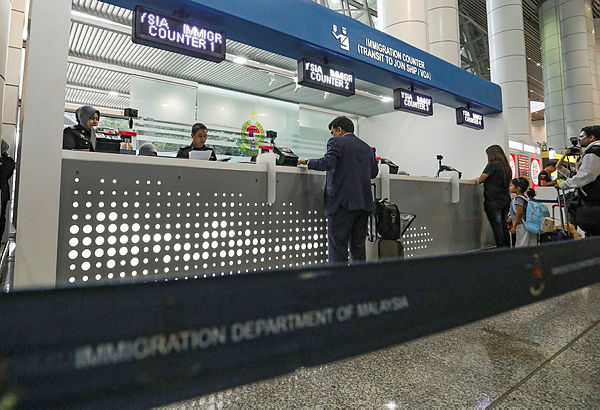PETALING JAYA: The failure to integrate operations between KLIA and klia2 has retarded the growth of passenger traffic at both airports, according to the Malaysian Aviation Commission (Mavcom).
Compared with the Suvarnabhumi Airport in Bangkok and Changi Airport in Singapore, KLIA has seen a slower increase in passenger capacity over the years.
For instance, it said the compound annual growth rate (CAGR) for Kota Kinabalu from 2015 to 2018 rose 10.5% compared with only 7.3% in the same period for Kuala Lumpur.
In a report outlining the findings of research it completed recently, Mavcom said the failure to locate facilities such as customs and immigration clearance, quarantine and baggage handling within the same building had put KLIA at a disadvantage.
It said that locating these operations within the same building had helped to shorten connecting times between flights in Bangkok and Singapore.
“Integration also helps to lower costs and reduce congestion at both terminals,” it said.
The report said this would also improve airport operational efficiency, facilitate interlining and self-connections, thus providing the potential for growth in passenger traffic.
(Interlining is a commercial agreement between airlines to handle each others’ passengers who are travelling multiple flights on several carriers.)
In Kuala Lumpur, passengers who arrive in klia2 for onward connection through KLIA, or vice versa, will have to clear immigration and customs at one airport and repeat the same process when checking in for their next flight at the next airport.
Mavcom said that while KLIA had the capacity for 25 million passengers per year, it saw 25.52 million travellers pass through its gates in 2016, or 102% of capacity. In 2017 it was 28.29 million passengers (113%) and in 2018 it was 28.03 million (112%).
On the other hand, klia2 has yet to meet its potential capacity of 45 million passengers. In 2016, it saw only 27.12 million passengers, making only 60% of terminal utilisation. It rose to 30.28 million (67%) in 2017 and 31.92 million (71%) in 2018.
“This shows that the utilisation at KLIA has exceeded 100% but that of klia2 is barely 70%,” Mavcom pointed out.
It concluded that airlines were reluctant to move their operations to klia2 because of poor connectivity between the two airports.













